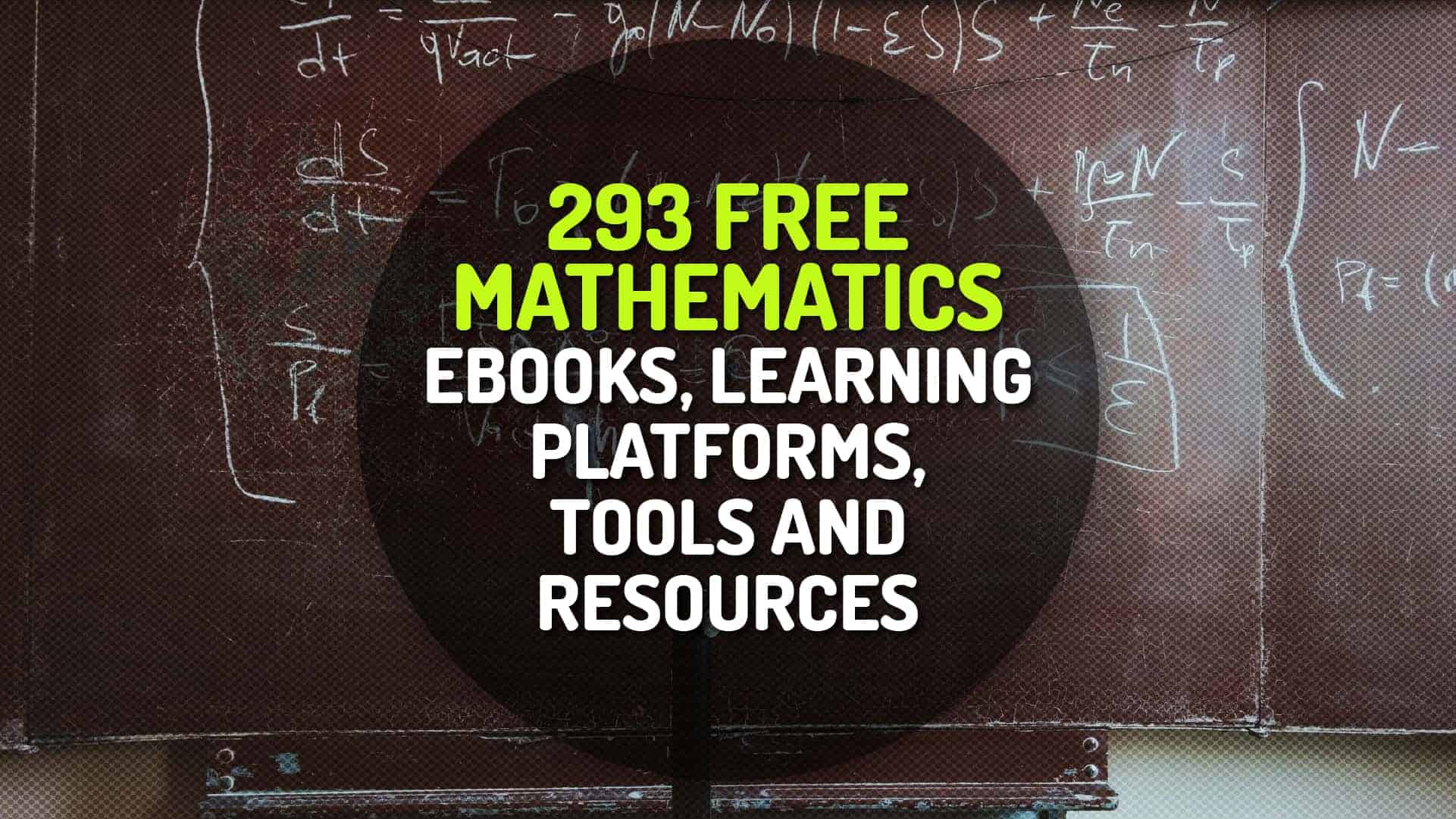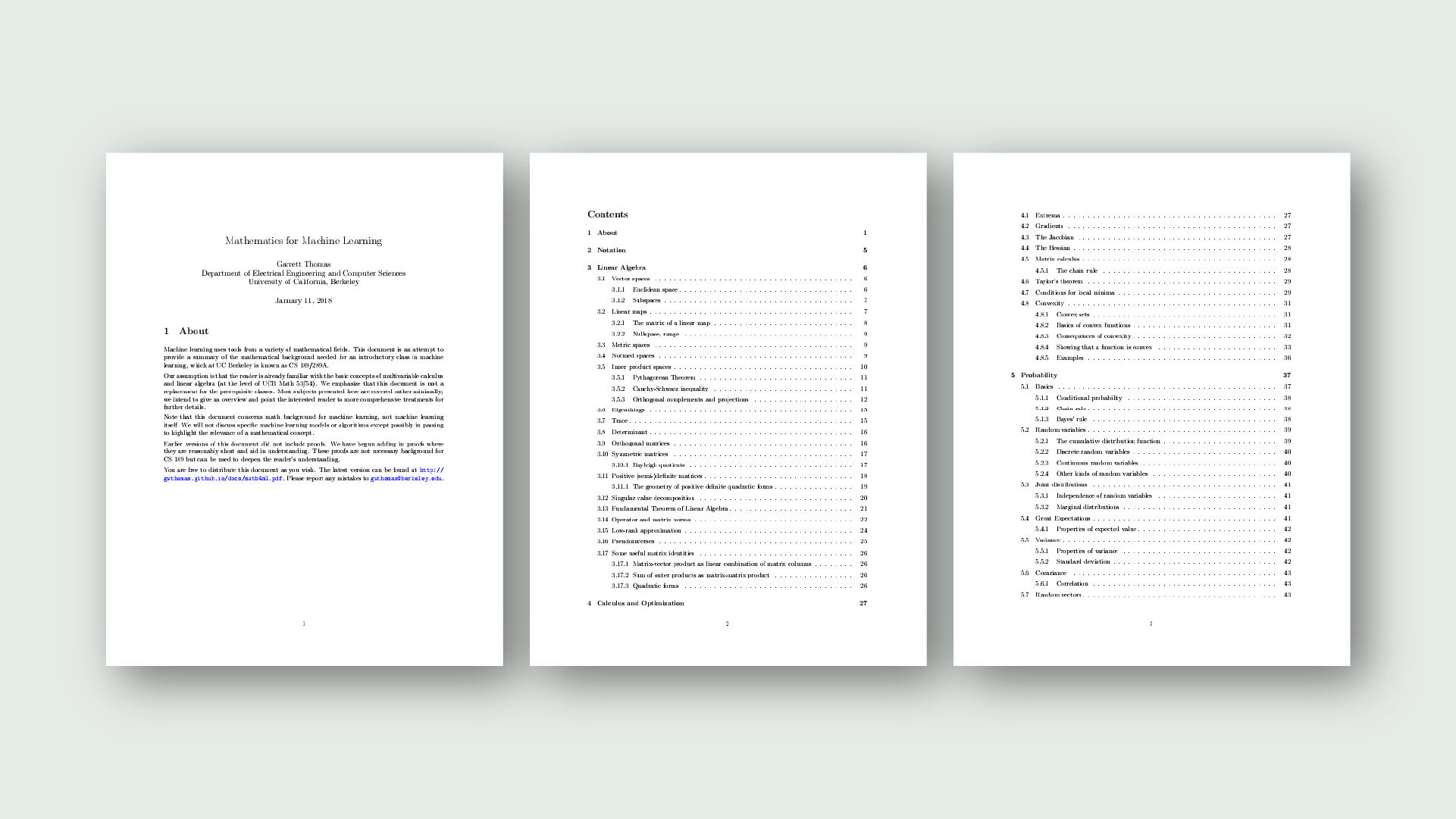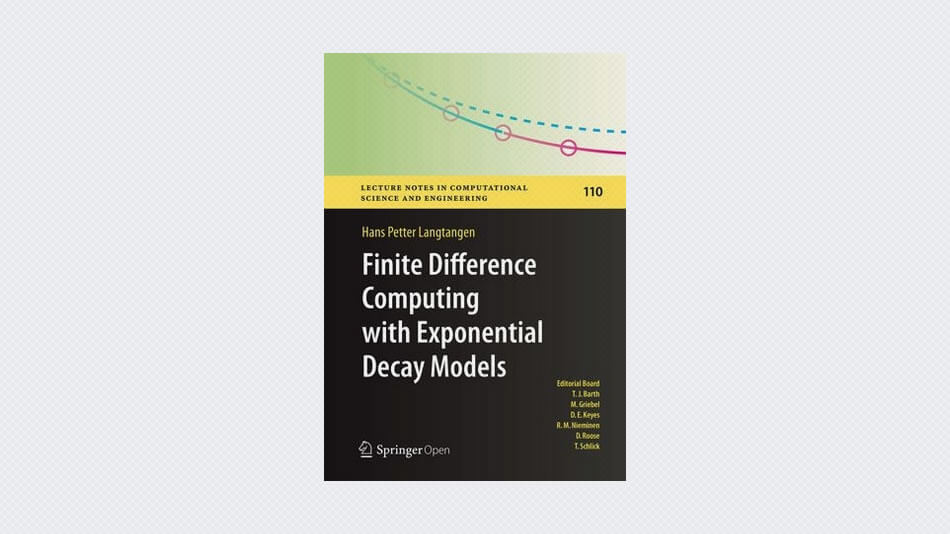What is ‘inquiry-based’?
This teaching style requires that students work directly with the mathematics. It is the core experience of the class. That is, this style shows students how to be, and in fact requires that they be, active learners.
I’ll illustrate with a typical class session. As background, on the first day I explain that in this course we are developing each persons’s ability to work independently. Students pledge that outside of class they will not work together and will not use any resources such as other books or the Internet. Several times during the semester I refer to the pledge, to keep folks on track and also to remind them that others are doing the same.
Consequently, on each day each student arrives having worked on each exercise, on their own. Usually they have four exercises. I shuffle cards to pick students to put proposed solutions on the board. (They negotiate among themselves who will do which problem, a student picked in the prior class will not be picked in this one, and each student is twice allowed to take a pass).
With that, the work starts. The class as a whole discusses those answers sentence by sentence, and sometimes word by word. These discussions are filled with misconceptions to work through and ideas that folks eventually come to see are not fruitful, as well as good ideas that, perhaps, initially have trouble getting heard. But the discussion eventually comes to an end and usually that end is correct.
Highlights
- Inquiry-based The text is a sequence of statements for students to prove, along with a few definitions and remarks. The instructor does not lecture but instead lightly guides as the class works through the material together. For these students, with this material, this is the best way to develop mathematical maturity.
- Covers needed material We do number theory up to the Fundamental Theorem of Arithmetic, sets to DeMorgan’s Laws, functions to two-sided inverses, and relations up to equivalences and partitions.
- No prerequisite We enroll sophomore Math majors who typically have taken Calculus III and Linear Algebra. This background isn’t a logical prerequisite, it just ensures that students have mathematical aptitude. The material does not presume any college mathematics.
- Free You are free to use the text, without cost. You are free to share it. This includes the LaTeX source, so if you are an instructor then you can tune the text to your class.
- Flexibility The text comes in two presentations, one of which is compact enough to copy and hand out on the first day.
- Extras Also here are the beamer slides on logic. These organize the discussions that arise naturally in the first couple of weeks about topics such as the definition of implication. And, I’ve included the slides I use on the first day to introduce students to the Inquiry-Based style.





